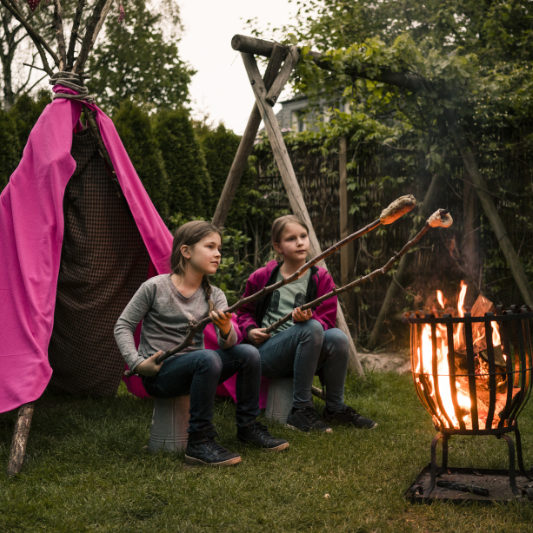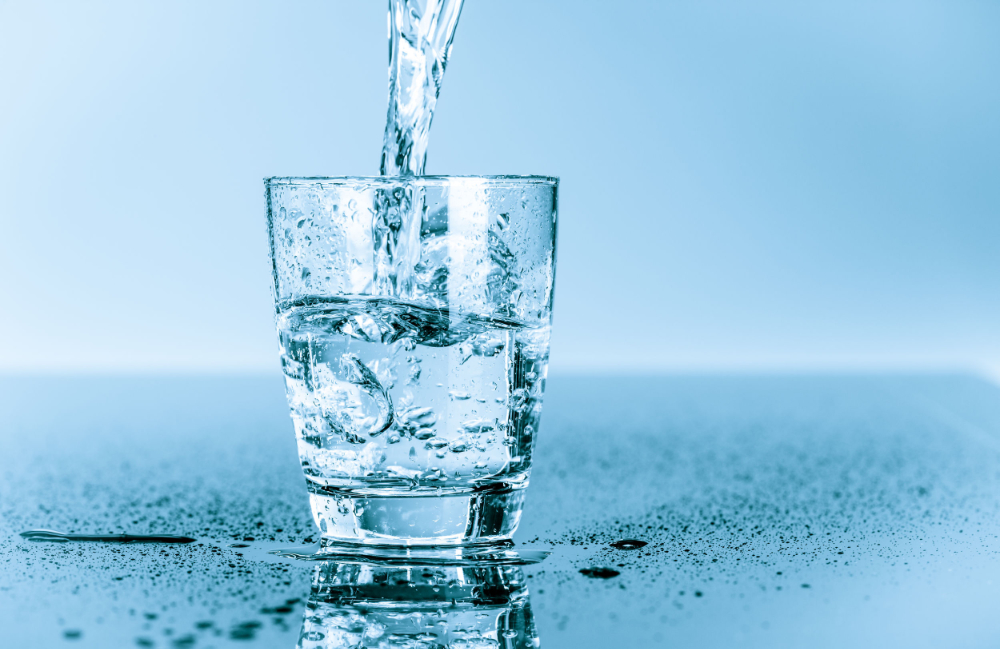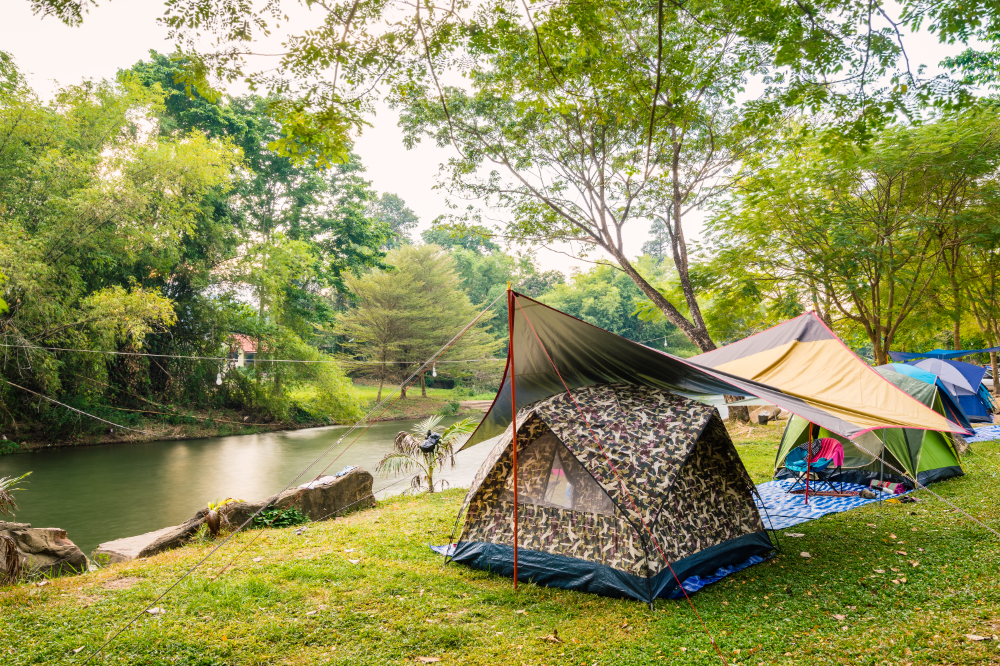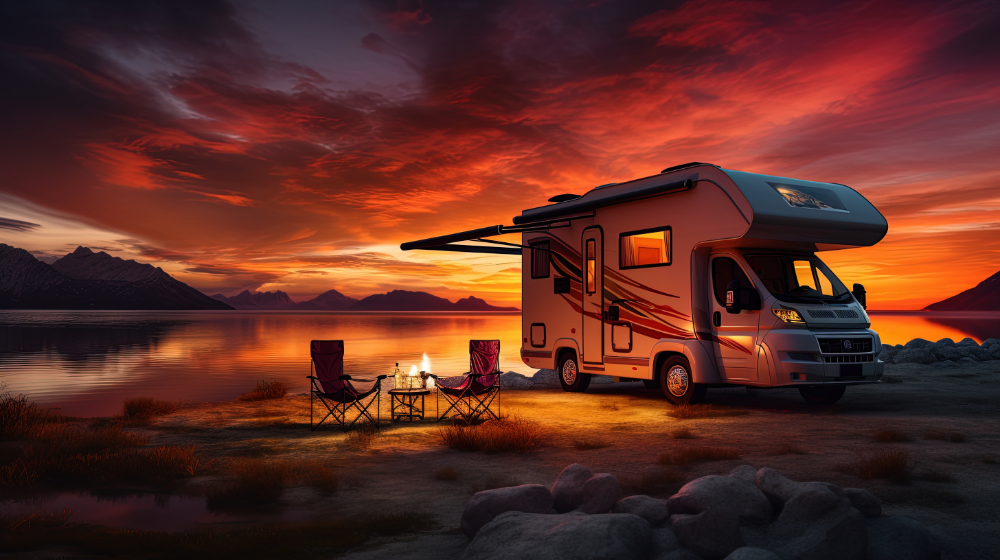Water is the elixir of life, and in any survival situation, securing a safe and reliable source of water is paramount. Whether you find yourself in the wild, facing a natural disaster, or venturing into the great outdoors, knowing how to identify and purify water sources is a critical skill. In this comprehensive guide, we will explore the art of water procurement, covering various techniques for identifying and purifying water, including boiling, chemical treatment, and water filtration, ensuring you stay hydrated and healthy in any environment.
The Importance of Safe Water
Water is vital for human survival, as our bodies rely on it for countless functions, from regulating temperature to aiding digestion. In a survival scenario, dehydration can lead to a host of problems, including weakness, confusion, and eventually, life-threatening conditions. However, drinking contaminated water can be equally perilous, as it can introduce harmful pathogens and toxins that cause waterborne illnesses.
In any situation where clean water is scarce or questionable, understanding how to source and purify water is crucial for maintaining your health and increasing your chances of survival.
Identifying Water Sources
Before you can purify water, you must locate a water source. Here are some common types of water sources you might encounter:
Natural Springs
Springs are a reliable source of clean water that emerges naturally from the ground. Look for water bubbling up from the earth, which is typically clear and free of contaminants.
Rivers And Streams
Flowing water is generally a good sign of safety. However, it’s essential to purify water from rivers and streams, as it can still contain pathogens.
Lakes and Ponds
Still bodies of water like lakes and ponds are more likely to contain stagnant water, which can be a breeding ground for bacteria and parasites. Treat water from these sources with caution.
Rainwater
Collecting rainwater can be a valuable source of clean water. Ensure you collect it in a clean container to avoid contamination.
Snow and Ice
In snowy environments, melting snow or ice can provide a water source. Melt the snow or ice and purify the resulting water before drinking.
Safe Water Procurement Techniques
Once you’ve identified a water source, it’s essential to choose the appropriate water procurement method. Here are some commonly used techniques:
Boiling Water
Boiling is one of the most effective methods to purify water in the wilderness. It kills bacteria, viruses, and parasites.
To boil water, place it in a container and heat it over a fire or portable stove. Allow it to reach a rolling boil for at least one minute (or longer at higher altitudes).
Chemical Treatment
Chemical treatments, like water purification tablets or liquid drops, are convenient and lightweight options for purifying water.
Follow the manufacturer’s instructions for the specific product you’re using. Typically, you’ll add the chemicals to your water and wait for a designated amount of time before drinking.
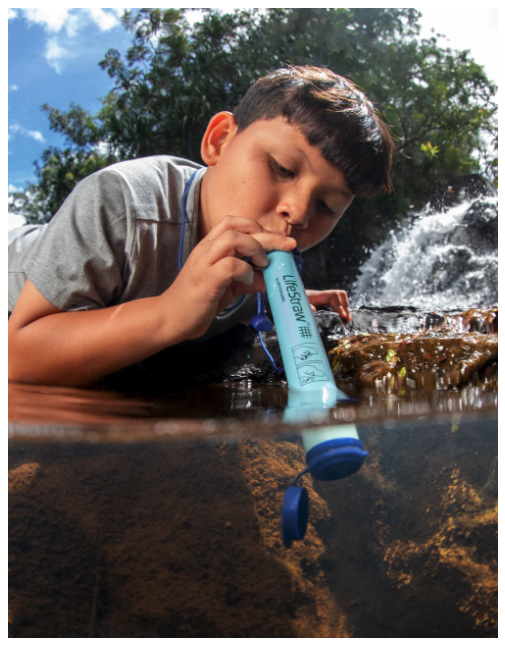
Water Filtration
Water filters are mechanical devices that physically remove contaminants from water.
Portable water filters come in various forms, such as pump filters, gravity filters, and straw filters. They effectively remove bacteria, protozoa, and some viruses.
Be sure to clean and maintain your filter regularly to ensure it continues to function correctly.
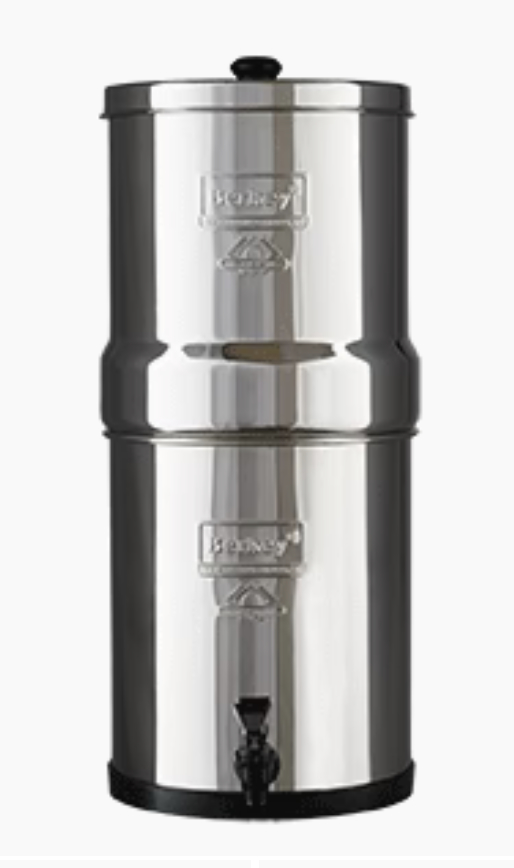
Berkey water filters are top notch for filtering.
Reverse Osmosis
Reverse osmosis is a sophisticated water purification process that utilizes a semi-permeable membrane to remove impurities and contaminants from water. Through the application of hydraulic pressure, water molecules are forced through the membrane, leaving behind minerals, salts, and various pollutants, resulting in exceptionally pure and clean water. This technology is widely employed in both residential and industrial settings, providing a reliable means of producing high-quality drinking water and ensuring the removal of harmful substances, making it a valuable tool in water treatment and purification.
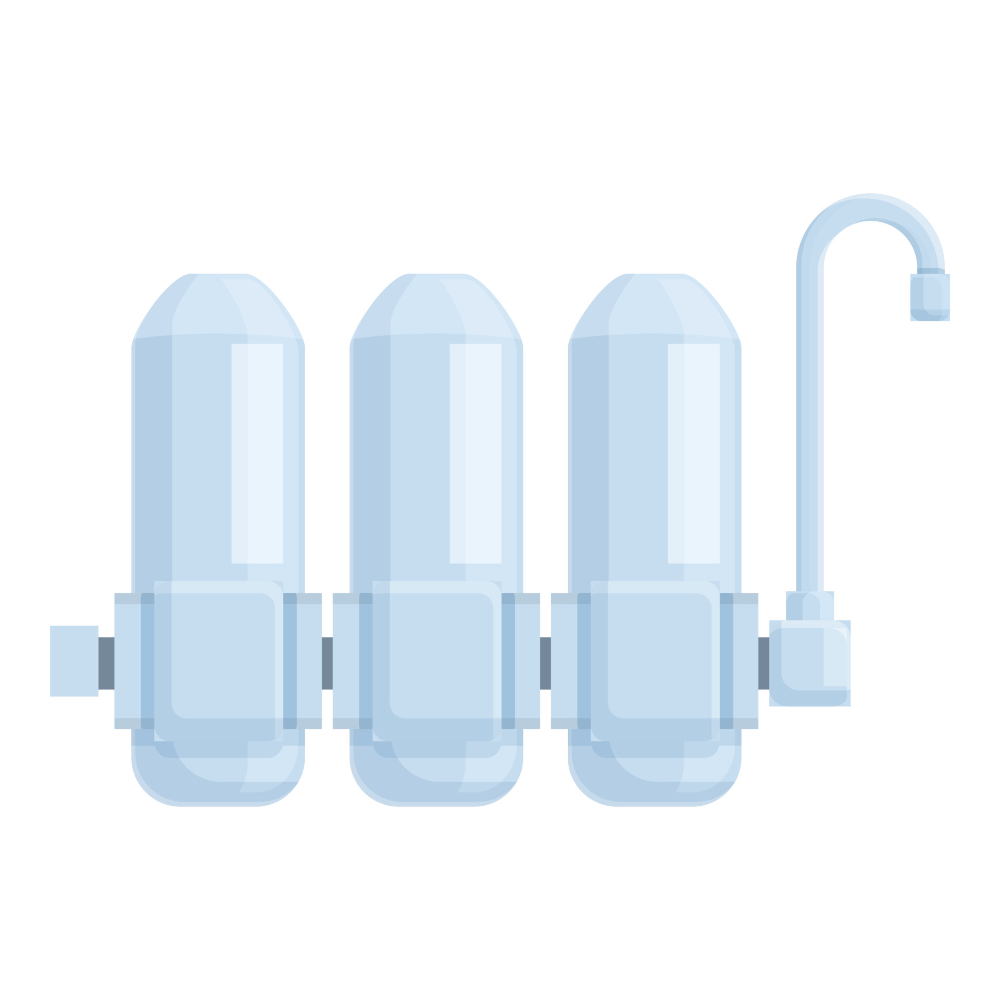
Solar Disinfection (SODIS)
SODIS is a simple and cost-effective method that uses solar energy to disinfect water.
Fill a clear plastic bottle with water, place it in direct sunlight, and leave it for 6 hours (or longer on cloudy days). The UV rays kill harmful microorganisms.
Ultraviolet (UV) Purifiers
UV purifiers are electronic devices that use UV-C light to destroy the DNA of microorganisms, rendering them harmless.
These devices are portable and effective but require batteries or a power source.
DIY Water Filter
In a survival situation, you can create a makeshift water filter using natural materials like sand, gravel, and charcoal.
Layer these materials in a container, and pour water through the filter to remove debris and some contaminants.
Water Procurement and Purification in Practice
Here’s a step-by-step guide on how to procure and purify water in the wilderness:
Identify a Water Source
Locate a nearby water source, such as a stream or river.
Collect Water
Use a clean container to collect water from the source, avoiding any stagnant or visibly contaminated areas.
Pre-Filter
If the water is cloudy or contains debris, pre-filter it through a cloth or coffee filter to remove large particles.
Boil the Water
Place the water in a pot or suitable container and heat it over a fire or stove until it reaches a rolling boil. Boil for at least one minute (or longer at higher altitudes) to ensure sterilization.
Cool the Water
Allow the boiled water to cool before drinking or storing it in a clean container.
Use Chemical Treatment
If you don’t have the means to boil water, use water purification tablets or drops following the instructions provided with the product.
Filter the Water
If you have a portable water filter, use it to remove remaining impurities and microorganisms from the water.
Solar Disinfection
In sunny conditions, you can also use SODIS by placing filled, clear plastic bottles in direct sunlight. Many people put their bottles on the metal roof of their homes.
In Conclusion
Water procurement and purification are vital skills for outdoor enthusiasts, travelers, and anyone interested in self-sufficiency and survival. Being able to identify and purify water from natural sources ensures that you can stay hydrated and healthy, even in challenging environments. By understanding the various methods available, from boiling and chemical treatment to water filtration and solar disinfection, you can confidently venture into the wild or face emergency situations, knowing that you have the tools and knowledge to make water safe for consumption. Remember that clean water is an absolute necessity, so prioritize these skills, and they may one day save your life.
